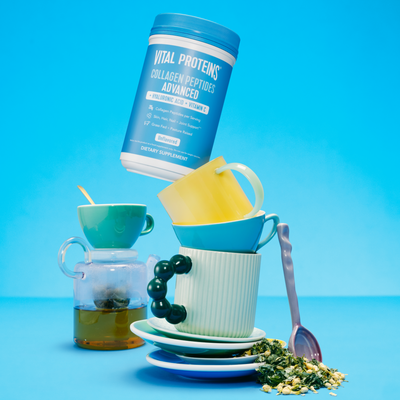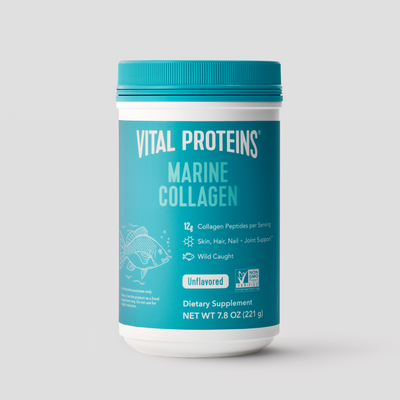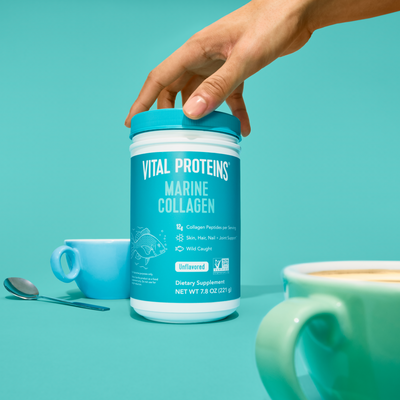Tom Smurr is a member of Vital Proteins Customer Advocate Team. In this weekly blog series, Tom (@triathletetommy on Instagram!) offers an inside look at his journey to the paratriathlon.
When all the pieces come together, it’s race time! There’s a lot of emotion and joy and nervous energy that comes before a race, so it is incredibly important to have a plan of action for the big day. When there are as many pieces of equipment as I have – two prosthetic legs, a wheelchair for transition out of the water, and an adapted bike – it gets even trickier!
My coaches stressed to me how important the walkthrough is the day before. This includes thinking about each transition, thinking about what needs to come off and what needs to come on, having a “set up” for your transition area, and having nutrition available as needed. Having competed in three races, triathlons are still new to me – and these prosthetics legs are even newer – so there is a lot to keep track of.
The night before, I got all my gear together and put them in drawstring bags, organizing them by event. Then I planned out a simple breakfast for the first part of the race: A high-calorie protein bar like Perfect Bar and some coffee with sugar. Each bag also contained electrolytes and simple carbohydrates, typically in the form of quick-to-consume gels. This is something I can eat quickly with some water in transition. Finally, I closed my eyes and pictured myself going through each stage of the triathlon. It sounds silly, but it helps in being flexible and prepared.
RELATED: How I Used Collagen to Run on New Legs

Paratriathlon: On the Day of the Race
On race day, make sure to allow time to digest your fuel. For me, this is at least one hour. Once in position, trust the process and focus on the plan! Understand that mistakes will happen and that’s okay. I had at least three major mistakes in my first race, but still had a blast and got through it.
RELATED: The Benefits of Swimming
Swimming
In the swim portion, position yourself by not getting caught up in crowds of swimmers. Either power through to gain space from the other swimmers or slow your pace to create space behind other swimmers. When focused on breathing, the rhythm to get you to the end will happen naturally. In getting out of the water, catch your breath (this is when a team member brings me my chair) and start thinking about all the pieces for the bike.
Biking
During the bike portion, I like to focus on even pedaling for a consistent speed. I take a lot of the bike time to make sure I’m hydrated as well. Since drafting is illegal on the bike, I once again find my own lane and stick to it. When transitioning into the run, I have to remove the walking/biking leg to throw on the running leg. This takes a moment and is crucial to get a good fit to finish strong.
RELATED: How I'm Learning to Run for the First Time
Running
I did not have a running prosthetic for my last race. I simply did the running portion in my wheelchair. This year, things are different. Despite not being able to comment yet on the experience (I compete in the paratriathlon later this year), I can say that the weather plays a huge role here. So, make sure to stay hydrated and get some more of those electrolytes before starting the last portion of the race.
There’s no feeling like crossing the finish line! I felt the true impact of all the hard work I put in, the support of my team and family, and the pure joy of accomplishment. And now for my favorite part: Eating! Make sure to replenish and celebrate. Considering the accomplishment, eat often, hydrate even more, and maybe have a beer or two. I will be taking it easy, and maybe cleaning the sweat off my new legs.
Photo: @triathletetommy/Instagram

















